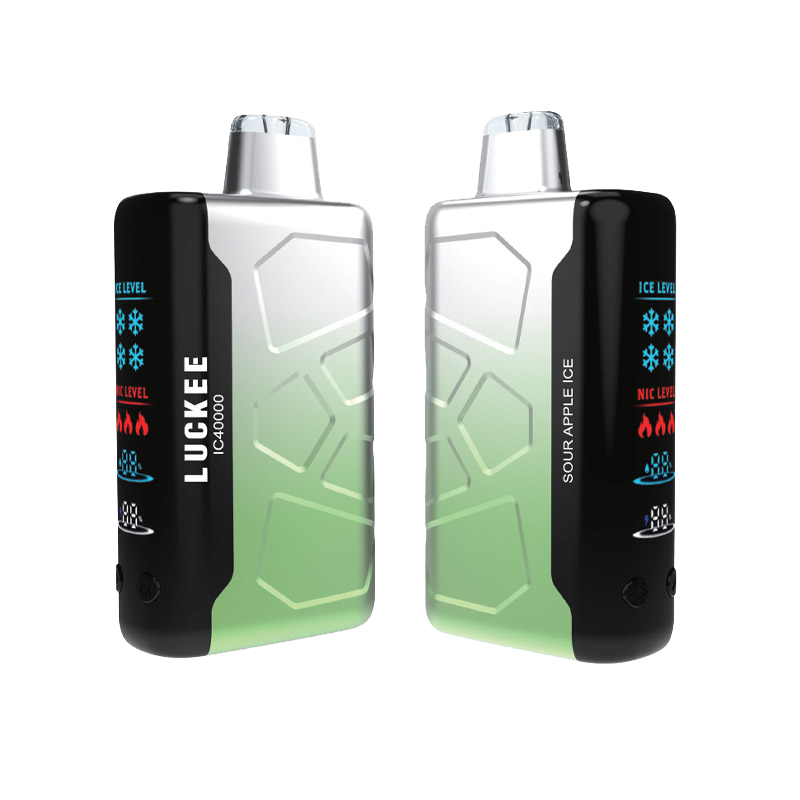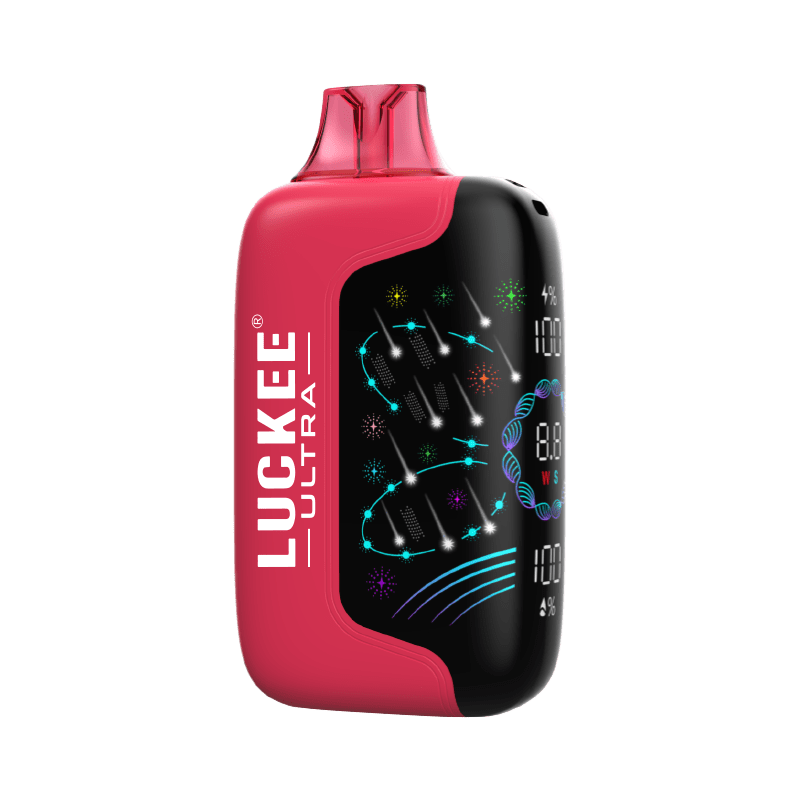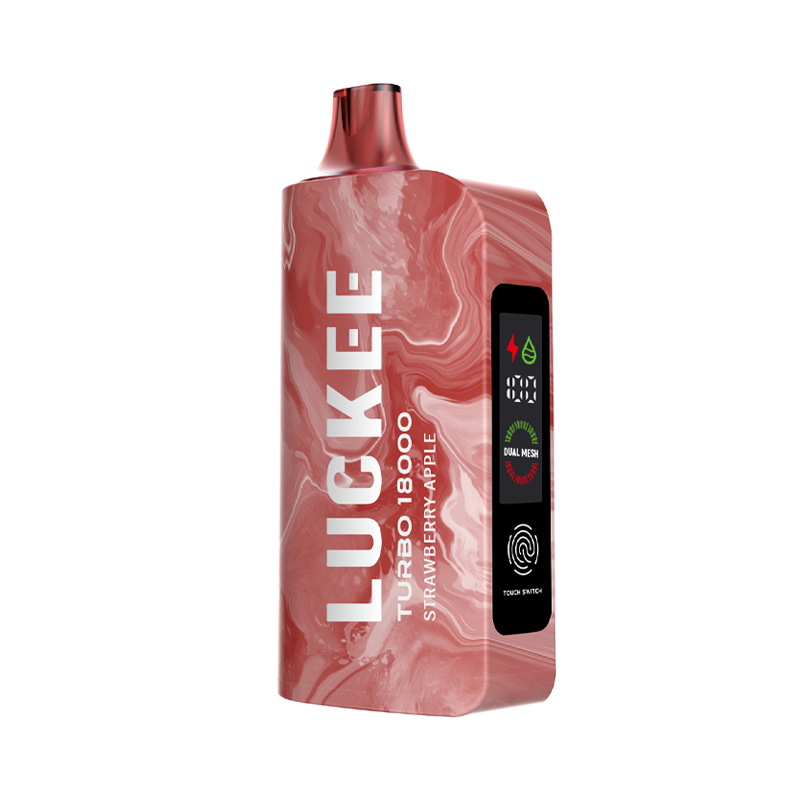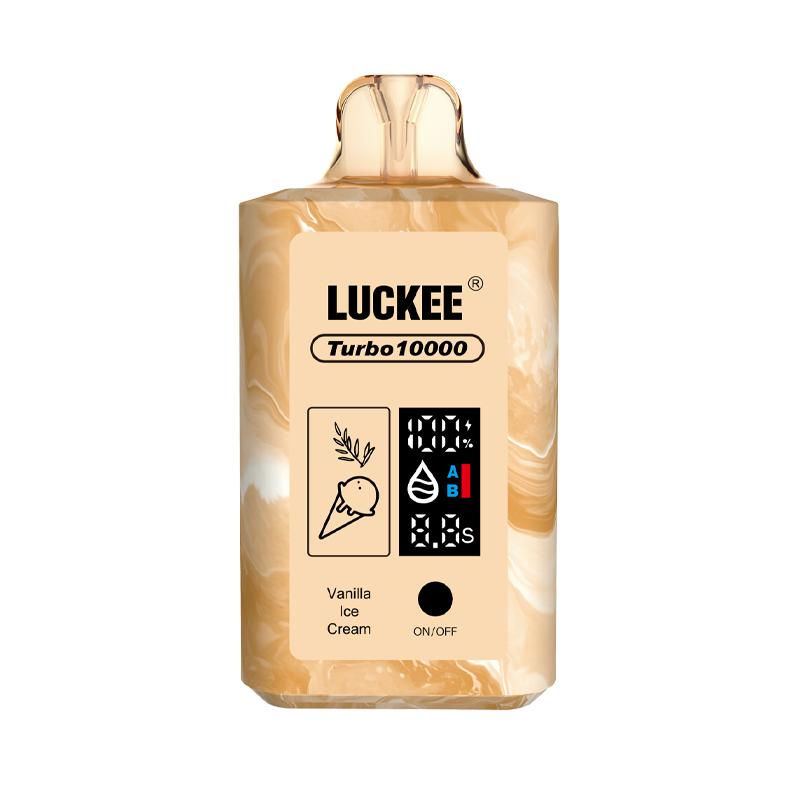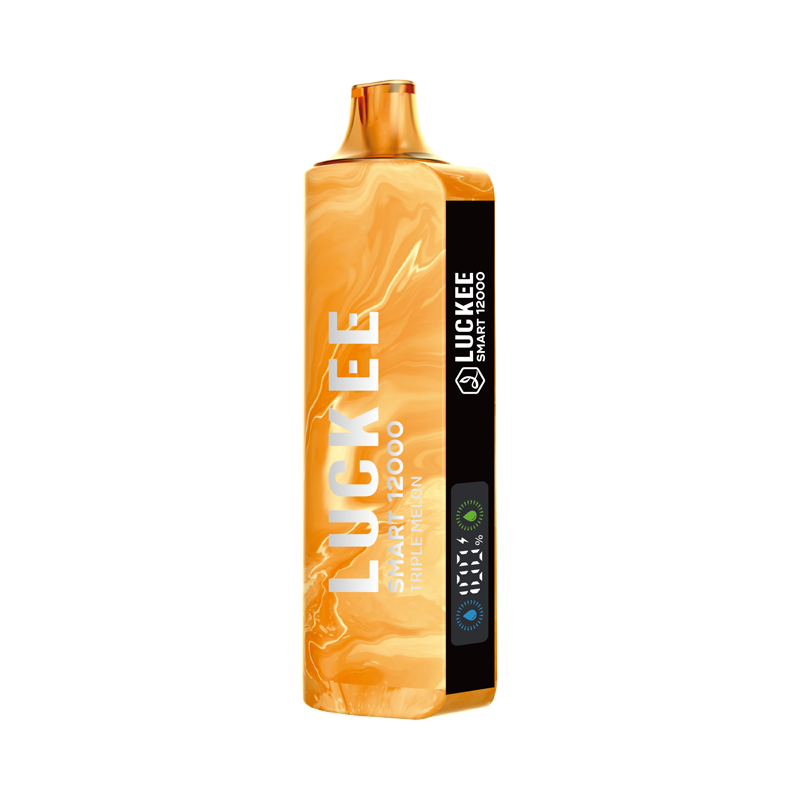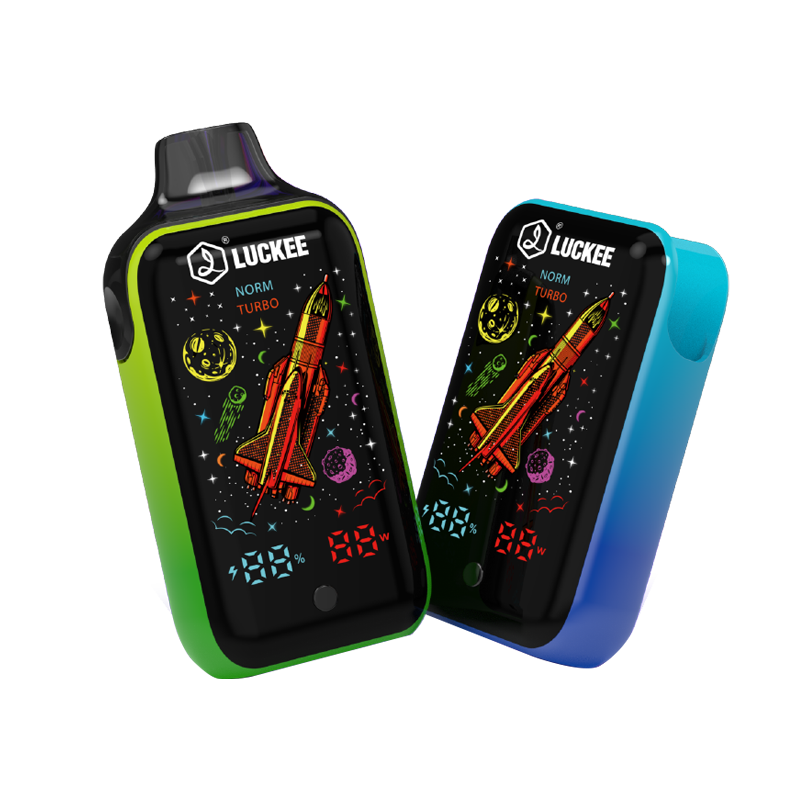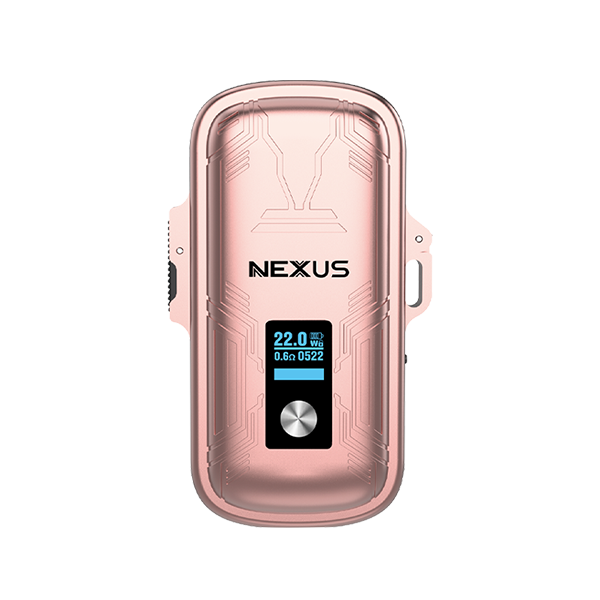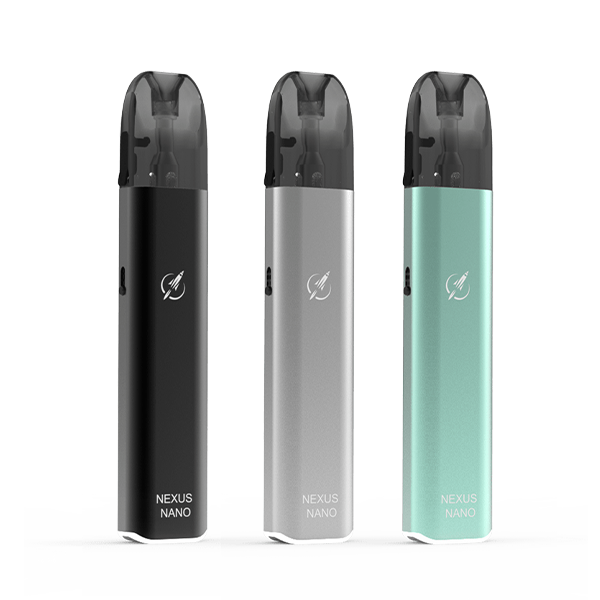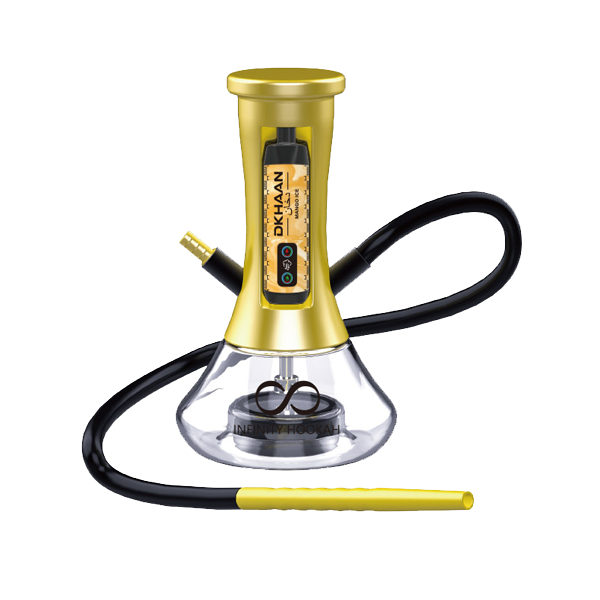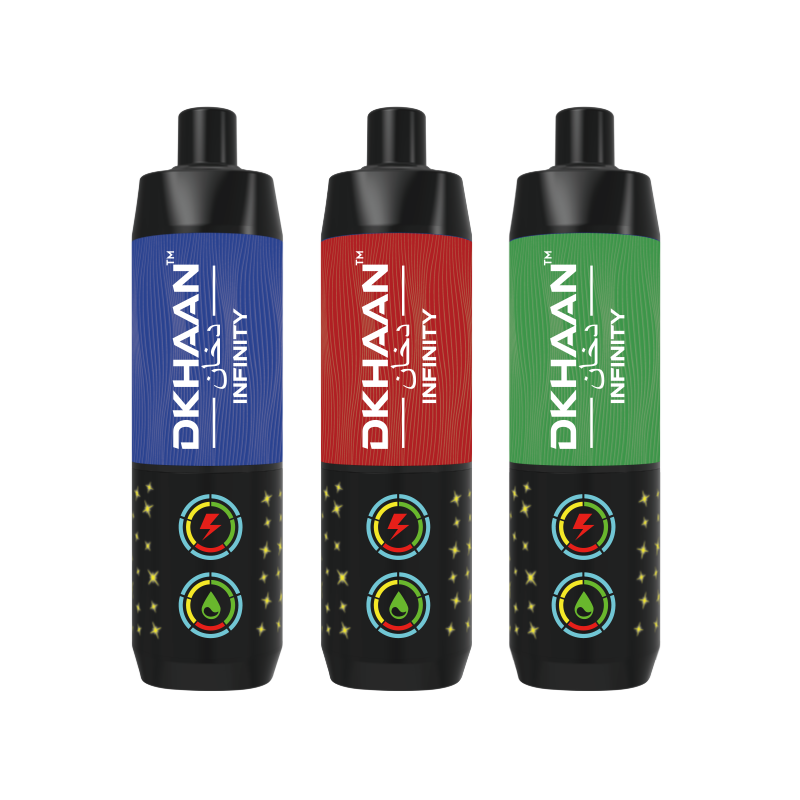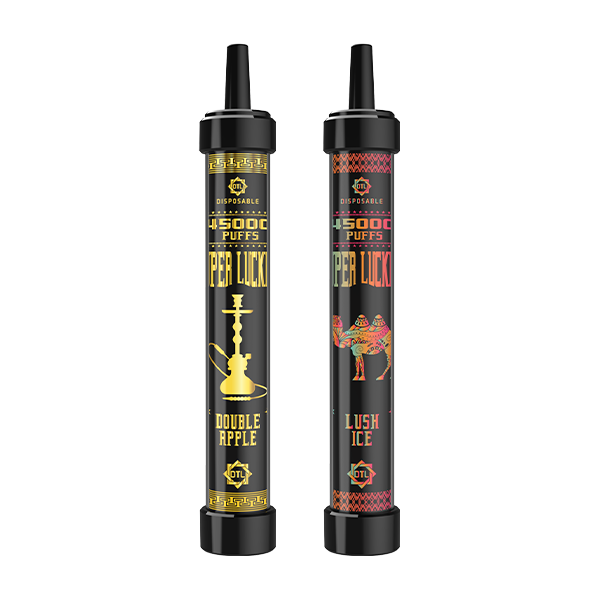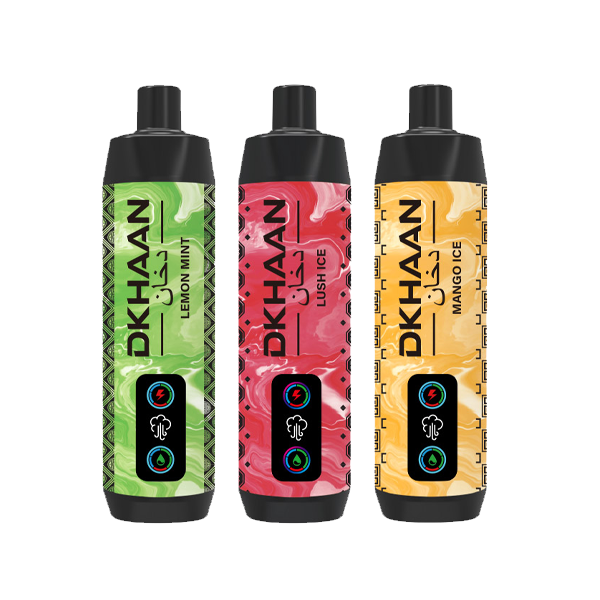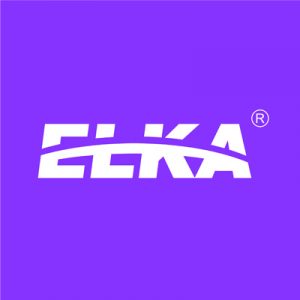As the vaping industry continues to evolve, so do the preferences of its consumers. In Western markets, where tech-savvy users dominate the disposable vape scene, innovation isn’t just a bonus—it’s expected. At the center of this technological battle are two coil types: mesh coils and ceramic coils. While both offer unique experiences, each caters to different vaping styles, flavor profiles, and expectations. But which one truly wins over the hearts—and lungs—of discerning vapers in the West?
The Rise of the Disposable Vape Culture
Before diving into the technical showdown, it’s important to understand the cultural context. In recent years, disposable vape products have skyrocketed in popularity, especially in Western countries like the United States, the UK, and Germany. Convenience, portability, and evolving regulations around refillable systems have pushed more users toward disposables.
Unlike earlier iterations, today’s disposable vape devices aren’t just about ease—they’re packed with high-end features, from adjustable airflow to high-capacity batteries and advanced coil technologies. For a market increasingly dominated by tech-savvy users, coil performance is no longer an afterthought. It’s a core differentiator.
Mesh Coils: The Tech-Lover’s Dream
Mesh coils are designed using a thin sheet of metal with microscopic holes, often formed in a grid pattern. This structure provides a larger surface area, allowing for more even heating and, consequently, more vapor and flavor.
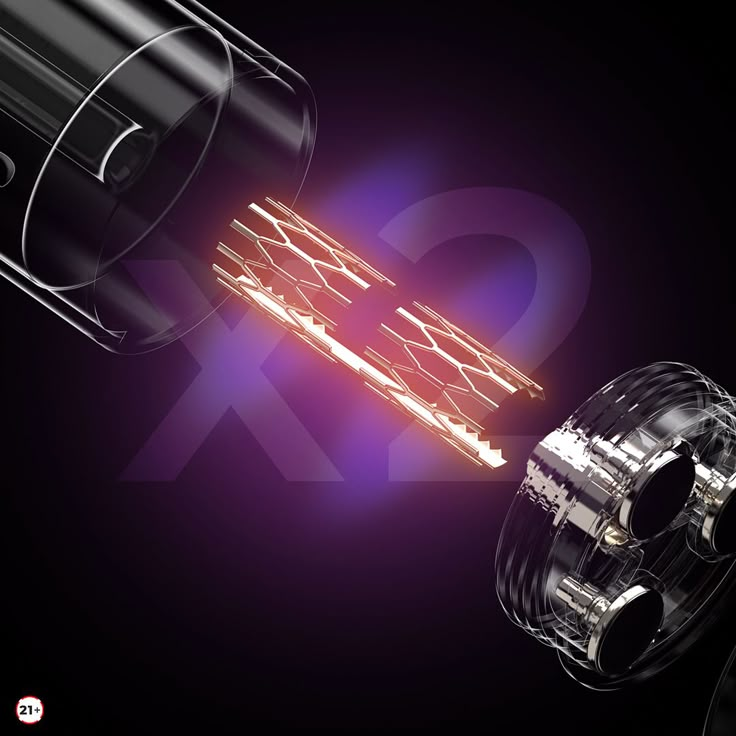
Advantages of Mesh Coils:
-
Fast Ramp-Up Time: Tech-savvy vapers appreciate the rapid heat-up of mesh coils, delivering instant vapor and a strong throat hit.
-
Better Flavor: The even heating of the e-liquid results in a more consistent and robust flavor profile.
-
Cloud Production: For users who value big, billowing clouds, mesh coils are the go-to option.
-
Efficiency: The wide surface area means lower wattage is needed to produce excellent results, contributing to battery efficiency—a crucial factor in disposable vape devices.
Disadvantages:
-
E-Liquid Consumption: Mesh coils tend to use more e-liquid due to their vapor production, potentially shortening the lifespan of a disposable vape.
-
Cost: While the cost is negligible in a disposable unit, it’s higher in reusable setups.
Ceramic Coils: The Clean Flavor Connoisseur’s Choice
Ceramic coils are built using porous ceramic materials that absorb and heat e-liquid. They are revered for their ability to offer a cleaner, smoother vaping experience.
Advantages of Ceramic Coils:
-
Superior Flavor Clarity: Ceramic doesn’t react with e-liquids, preserving their pure taste.
-
No Spitback or Dry Hits: The absorption capacity reduces the risk of burnt hits or e-liquid spitting, improving the user experience.
-
Longevity: These coils can last longer, especially in devices where they are not overstressed.
-
Temperature Resistance: Ceramic can handle higher temperatures without degrading, adding a safety layer.
Disadvantages:
-
Lower Vapor Output: For cloud chasers, ceramic may underperform compared to mesh.
-
Slower Ramp-Up Time: The heating process is not as rapid, which may be a downside for users looking for immediate satisfaction.
The Western Tech-Savvy Perspective
Western vapers are increasingly informed, thanks to online forums, product reviews, and influencers who delve deep into the engineering of their favorite products. This audience demands not just convenience but also performance. Their preferences tend to lean toward mesh coils for the following reasons:
-
Customization and Feedback: Western users are more likely to demand intense flavor and dense vapor. Mesh coils deliver exactly that.
-
Technology Appreciation: With many users familiar with electronics, the engineering behind mesh coils—improved surface area, quicker conductivity—is not just understood but valued.
-
Trends in the Disposable Vape Market: Leading disposable vape brands catering to Western markets are increasingly opting for mesh coil technology. This is often touted in product marketing as a key feature.
That said, ceramic coils still have a firm niche. Users who prioritize subtle flavors, or those using cannabis-based oils and CBD vapes, often prefer the purity and stability of ceramic.
Comparing Real-World Applications
Let’s explore how mesh and ceramic coils perform in actual disposable vape products currently dominating Western markets.
Mesh Coil Examples:
-
LUCKEE Galaxy Bar: Known for intense flavors and smooth clouds, this device uses advanced mesh coil technology to produce one of the most satisfying vaping experiences among single-use devices.
-
Elf Bar BC5000: Another market leader that incorporates mesh coils for its consistent performance and user satisfaction.
Ceramic Coil Examples:
-
STIIIZY Disposable: Used primarily for cannabis oil, it relies on ceramic for its clean burn and accurate terpene expression.
-
PAX Era Pods: Also favor ceramic coils, especially for delivering nuanced vapor quality with complex oils.
User Reviews Tell the Story
Online feedback plays a big role in shaping perceptions. On Reddit’s r/Vaping and dedicated review sites, users frequently compare coil performance. Comments like:
“Mesh coils give me flavor that pops—I can’t go back.”
or
“Ceramic is smoother and better for long sessions, especially with distillates.”
highlight the diversity of preferences. However, mesh coils seem to receive more mentions in discussions about disposable vape quality and satisfaction, particularly for nicotine-based products.
Environmental Considerations
An often overlooked factor is the environmental impact. While both coil types are non-recyclable in most disposable vape formats, mesh coils—due to their simpler metal composition—may be easier to dismantle and recycle in theory. However, since most disposables are not designed for disassembly, this benefit is mostly theoretical at present.
Still, some Western vapers are beginning to voice concerns over sustainability. This has prompted certain brands to look into more eco-friendly designs, whether mesh or ceramic.
What’s the Verdict?
So, what do tech-savvy vapers in the West really prefer?
For nicotine-based disposable vape products, mesh coils are winning the popularity contest. Their ability to produce richer flavor, bigger clouds, and faster response times aligns well with the preferences of Western users who are often more familiar with performance benchmarks and product testing.
Ceramic coils, however, retain strong support in niche areas, particularly among users of CBD, THC, and terpene-rich e-liquids. Their clean vapor production and longevity make them ideal for specific use cases.
Ultimately, the answer isn’t black and white. The coil preference often depends on the use case, flavor profile, and user expectations. But if we’re talking mass market, fast hits, bold flavors, and mainstream appeal, mesh coils are clearly taking the lead in Western disposable vape culture.
Future Outlook
As innovation continues to accelerate, hybrid coil technologies may become the next frontier. Combining the best of mesh and ceramic—such as faster ramp-up with cleaner flavor—could be the solution the industry needs.
Meanwhile, disposable vape manufacturers are paying close attention to feedback from tech-savvy Western consumers. With more brands offering coil type transparency and emphasizing tech specs in their marketing, it’s safe to say this debate is far from over.
For now, mesh reigns supreme—but only just. As materials science and vaping tech evolve, the West’s preferences may shift again. One thing is certain: performance, flavor, and innovation will continue to drive the demand, and only the smartest coils will survive.

